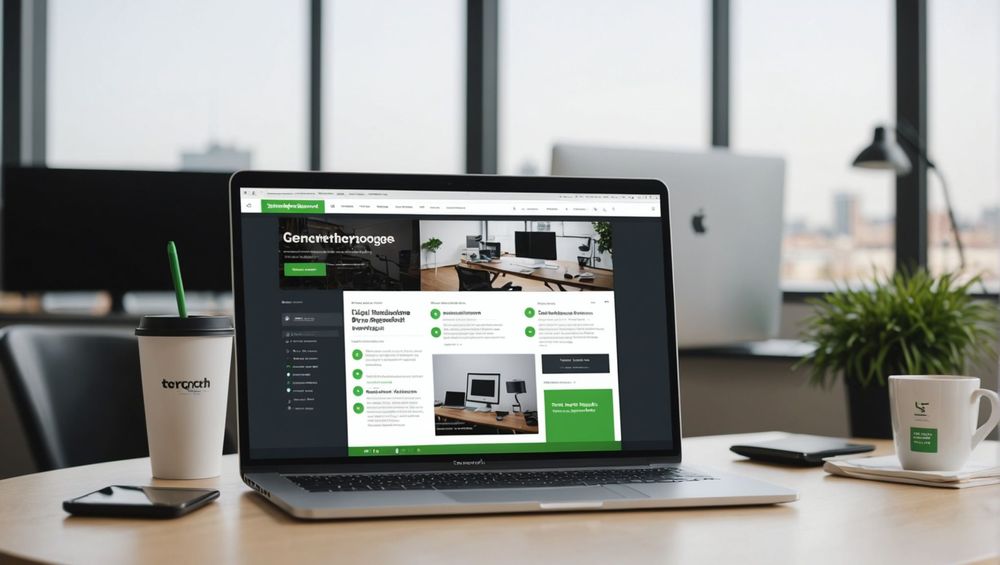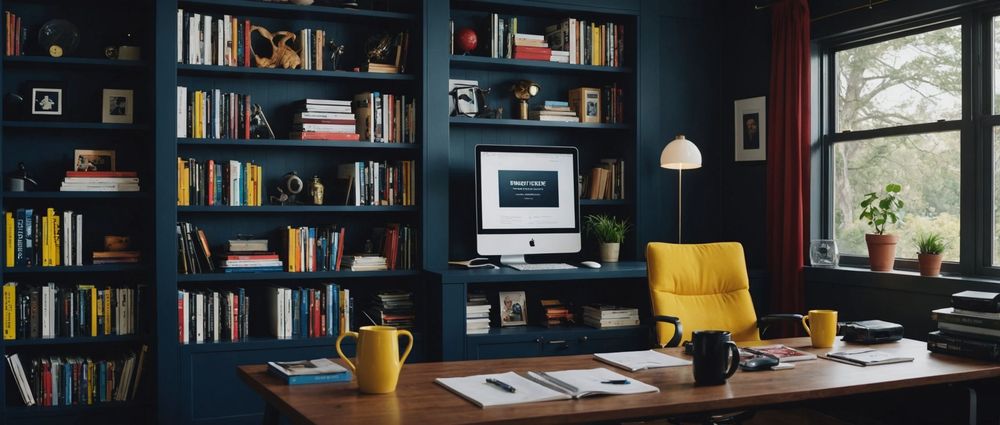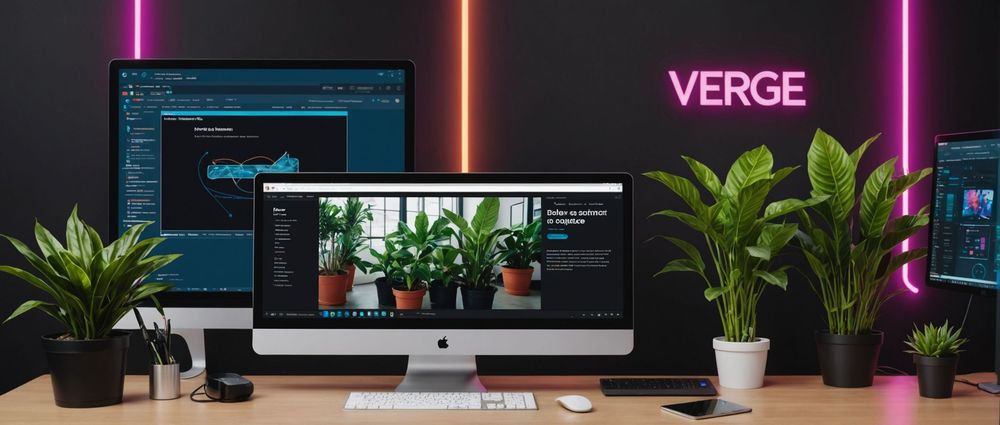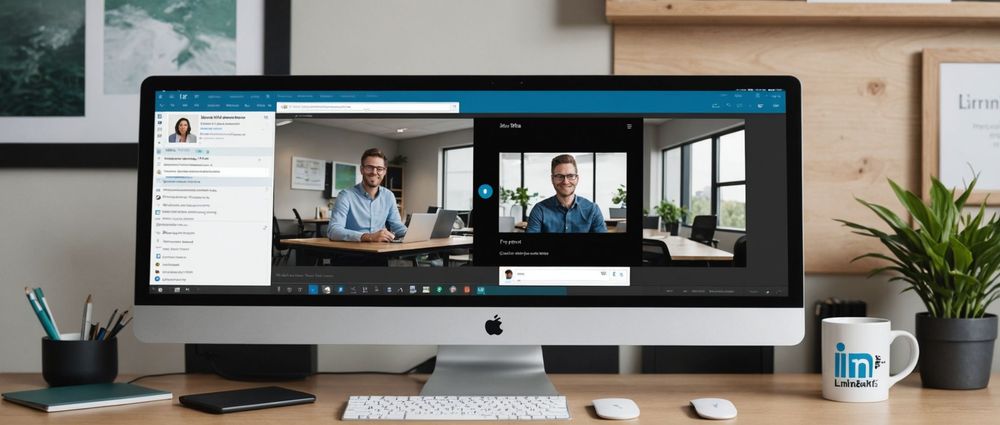In the fast-paced world of technology, a website’s design can make or break its success. This article explores the five best technology website designs in 2024, taking a deep dive into what makes these particular designs stand out. Each of these websites showcases superior user experience, innovative features, and cutting-edge aesthetics that others in the industry can learn from.
1. TechCrunch

TechCrunch has always been a leader in tech news, and their website design continues to impress in 2024. The site features a clean, modern layout that makes it easy to navigate and find the latest headlines. The use of white space helps focus the reader’s attention on the content, while high-quality images and videos keep users engaged. They’ve also incorporated responsive design, ensuring the site looks great on any device.
TechCrunch’s homepage includes an interactive headline slider, offering a quick overview of top stories. The typography is minimalistic yet bold, enabling effortless readability. Furthermore, the website’s search functionality is intuitive, allowing users to find articles, author profiles, and specific tech topics with ease.
Key Features
- Clean, modern layout
- High-quality images and videos
- Interactive headline slider
- Minimalistic yet bold typography
- Responsive design
2. Wired

Wired is known for its deep dives into the impacts of technology on culture, and their website design effectively supports this content. The site uses a bold color palette and high-contrast text to capture the visitor’s eye. The navigation bar is streamlined, making it easy for users to browse through different sections, such as Business, Culture, and Science.
One standout feature of Wired’s design is their article layout. Each piece includes immersive multimedia elements such as gifs, video clips, and interactive graphs that add depth to their reporting. Additionally, the comment sections are well-designed, giving readers an avenue to engage with writers and each other.
Key Features
- Bold color palette
- High-contrast text
- Streamlined navigation bar
- Multimedia-rich articles
- Engaging comment sections
3. The Verge

The Verge continues to push boundaries with their adventurous website design. The homepage is filled with visually striking elements like full-width images and videos that dynamically change as you scroll. The interface makes generous use of animation to enhance user interaction.
The Verge expertly integrates social media feeds and trending topics into their design, making it an excellent resource for staying current with technology trends. Their design prioritizes load speed without compromising visual quality, ensuring a seamless browsing experience.
Key Features
- Full-width images and videos
- Dynamic scrolling effects
- Integrates social media feeds
- Prioritizes load speed
- High visual quality
4. Gizmodo
Gizmodo excels with an innovative and user-friendly design that emphasizes accessibility. The website makes extensive use of grid layouts, which makes content both digestible and visually appealing. The homepage is particularly user-centric, featuring customizable widgets that let visitors tailor their content consumption to their preferences.
A notable feature is the integration of user-generated content, allowing community members to contribute articles and reviews. This feature creates a rich tapestry of perspectives and fosters a sense of community among users. Additionally, their cutting-edge search algorithm produces highly relevant results, enhancing the user experience.
Key Features
- Grid layouts
- Customizable homepage widgets
- User-generated content
- Sense of community
- Advanced search algorithm
5. Ars Technica
Ars Technica stands out with its sophisticated design that blends technical rigor with visual elegance. The site uses a muted color scheme that is easy on the eyes, making it ideal for extensive reading sessions. The typography is carefully chosen to ensure readability and to maintain a professional appearance.
One of the highlights of Ars Technica’s design is the integration of detailed infographics and technical diagrams within articles. These elements not only enhance the user’s understanding but also break up large blocks of text, making articles more engaging. Additionally, the site features an ad-free subscription option, enhancing the user experience.
Key Features
- Muted color scheme
- Carefully chosen typography
- Detailed infographics
- Technical diagrams
- Ad-free subscription option
Conclusion
In conclusion, the best technology website designs in 2024 combine aesthetic appeal, functionality, and user-centric elements to create a compelling online experience. From the modern and clean layout of TechCrunch to the visually striking interface of The Verge, these sites set a high standard for web design in the technology sector. Each website on this list offers unique features that enhance user engagement and accessibility, making them exemplary models for the industry.
FAQ
1. What makes a good technology website design?
A good technology website design balances aesthetic appeal with functional usability. It should have a clear layout, intuitive navigation, fast load times, and be responsive to different devices.
2. Why is responsive design important for technology websites?
Responsive design ensures that a website looks and performs well on all devices, including desktops, tablets, and smartphones. This is crucial for providing a consistent user experience and retaining visitors.
3. How do multimedia elements enhance technology websites?
Multimedia elements such as images, videos, and interactive charts make content more engaging and easier to understand. They break up text and provide visual interest, keeping users on the site longer.
4. What are the benefits of user-generated content on technology websites?
User-generated content can enrich a website by providing diverse perspectives and additional information. It also fosters a sense of community and increases user engagement.
5. Why is load speed important for technology websites?
Load speed is crucial because slow websites lead to higher bounce rates. A fast-loading site improves the user experience, keeps visitors engaged, and positively impacts search engine rankings.









